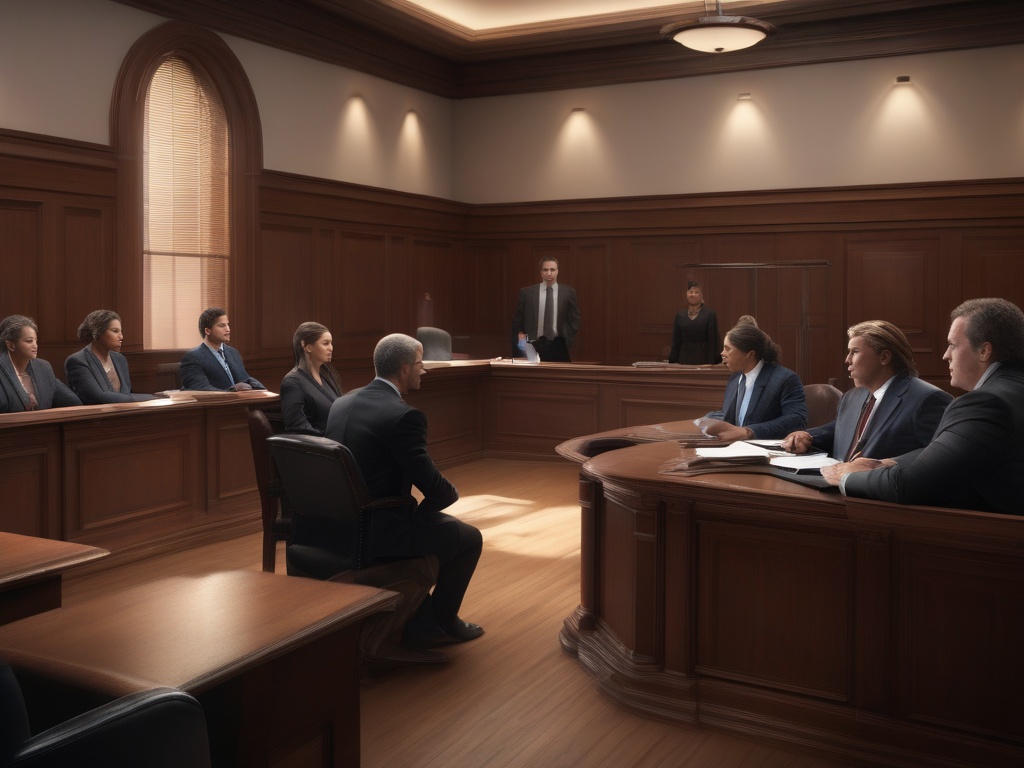Unveiling the Heavy Price: Legal Consequences of Hit and Run Incidents
Every year, countless lives are shattered by the reckless act of fleeing the scene after colliding with another vehicle, a pedestrian, or property. These crimes are more than mere traffic violations; they embody a blatant disregard for human life and societal safety. When a driver chooses to escape responsibility, they not only evade immediate legal repercussions but also set in motion a cascade of severe consequences that can alter their lives forever. Understanding the gravity of these actions is essential to appreciating the stringent legal framework that aims to deter such reckless behavior.
Legal penalties for hit and run incidents are meticulously designed to match the gravity of the offense. In many jurisdictions, a simple hit and run can lead to hefty fines, license suspension, and even imprisonment. When the incident results in injury or death, the penalties escalate dramatically, often including felony charges, long-term imprisonment, and substantial financial liabilities. These measures serve as a stark reminder that fleeing the scene is not only morally reprehensible but also legally unforgivable. Moreover, the legal process often involves rigorous investigations, witness testimonies, and evidence collection, emphasizing that no escape is possible for those who attempt to evade justice.
Comparing the penalties across different regions reveals a unanimous consensus on the seriousness of hit and run crimes. While some areas impose mandatory minimum sentences, others focus on comprehensive rehabilitation programs for offenders. Regardless of jurisdiction, the overarching message remains clear: the law treats hit and run incidents as grave offenses with long-lasting repercussions. For offenders, this means facing not only legal sanctions but also the societal and personal consequences that come with tarnished reputation and shattered lives.
Beyond the Crime: The Long-lasting Impact of Hit and Run Penalties on Lives and Livelihoods
While the legal repercussions of a hit and run are immediate and often severe, the repercussions extend far beyond courtroom walls, embedding themselves deeply into the personal and professional spheres of those involved. The aftermath of such an incident can cast a long shadow over the offender’s life, affecting relationships, mental health, and financial stability for years to come.
One of the most profound consequences is the erosion of trust and reputation within the community. Once branded as a runaway, individuals often face societal judgment that can tarnish personal relationships and damage their standing in the community. This social stigma can lead to isolation, loss of employment opportunities, and a pervasive sense of shame that persists long after legal penalties are served. Such social repercussions underscore that the damage caused by fleeing the scene is not limited to legal sanctions but also impacts the fabric of personal identity and societal acceptance.
Financially, the fallout can be devastating, especially when considering the long-term costs associated with injuries or fatalities resulting from the incident. Compensation claims, increased insurance premiums, and potential civil lawsuits can drain resources, leaving victims and offenders alike financially strained. For many, the burden of these penalties can lead to a cycle of hardship that impairs their ability to rebuild their lives. Moreover, a criminal record stemming from hit and run convictions can hinder future employment prospects, further compounding the economic toll and obstructing rehabilitation.
In essence, the repercussions of hit and run penalties transcend legal boundaries, infiltrating the core of personal well-being and livelihood. The ripple effects serve as stark reminders that such acts are not isolated mistakes but catalysts for enduring hardship, emphasizing the necessity for responsible driving and adherence to the law.
Justice or Justice Denied? The Power and Pitfalls of Legal Enforcement in Hit and Run Cases
While the legal system aims to uphold justice and deter reckless behavior, the enforcement of hit and run laws often reveals a complex landscape marked by both triumphs and shortcomings. Despite stringent penalties and rigorous investigations, the effectiveness of legal enforcement in genuinely delivering justice remains a topic of intense debate.
Many victims and advocates argue that the current framework does not always match the severity of the crime, especially in cases where perpetrators evade capture or face lenient sentences. Weak evidence collection, delayed investigations, and resource constraints can hamper efforts to hold offenders accountable, resulting in instances where justice appears to be imperfectly served. Conversely, technological advancements such as surveillance cameras, DNA analysis, and digital forensics have bolstered law enforcement capabilities, dramatically increasing the likelihood of apprehending fleeing drivers. Yet, the question persists: does the legal system consistently deliver the consequences that match the gravity of these crimes?
Legal enforcement’s double-edged sword lies in its ability to both act as a deterrent and, at times, falter in its execution.
On one hand, the specter of stiff penalties and the relentless pursuit by authorities serve as powerful dissuasives that discourage drivers from fleeing. Cases where law enforcement swiftly tracks down and punishes offenders send a clear message that such reckless acts will not be tolerated, fostering a sense of accountability within society. On the other hand, systemic flaws, such as limited jurisdictional resources and inconsistent legal standards across regions, can lead to disparities in justice delivery. Some offenders may exploit these gaps, remaining undetected or receiving lighter sentences, thus undermining public confidence in the justice system.
Ultimately, the challenge lies in ensuring that enforcement mechanisms are both robust and equitable, closing the gaps that allow some to escape unpunished while reinforcing the societal consensus that hit and run is an unforgivable offense. The ongoing struggle is to balance the formidable power of law enforcement with vigilance against its potential pitfalls, striving to uphold the true spirit of justice in every case.

